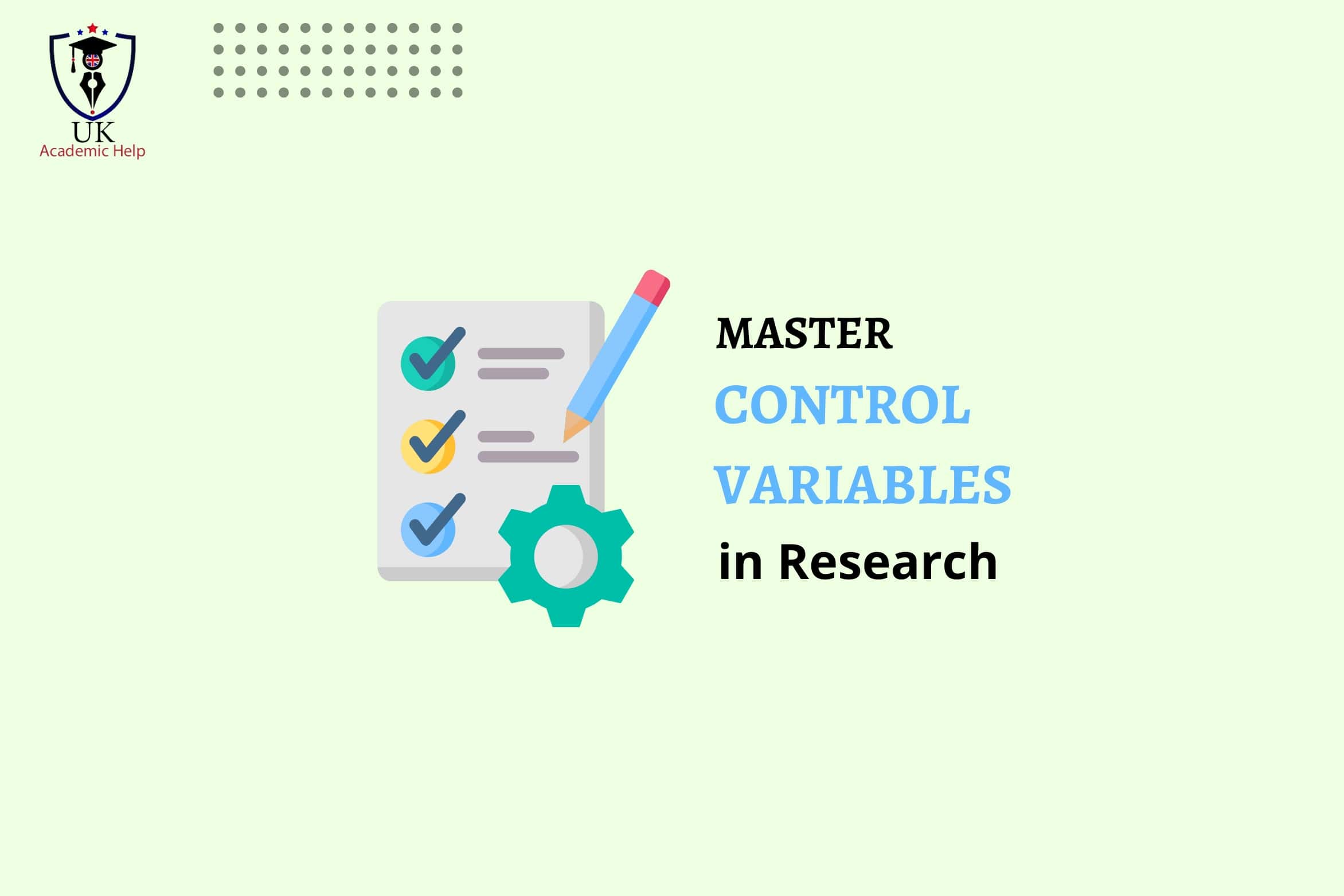Table of Contents
In the research world, there are two types of research. One is primary and the other one is secondary. In this article, we will explore primary research and find out the advantages and drawbacks of it.
So buckle up and get ready to explore what is primary research and how you can use it to solve research problems.
We will start with the definition first and then proceed further.
What is Primary Research?
Definition
Primary research is a type of research in which the research data is collected directly from the targeted population rather than using data from previous research. Fresh data is collected and research is carried out to do in depth analysis of a certain type of problem.
Who Conducts it?
Primary research is mostly conducted by businesses or organisations. Either they conduct it or they get it done through a third party. Students however are less likely to conduct it due to multiple reasons. But somehow some students also manage to conduct primary research for their dissertation or thesis.
Example
Here is a short example of primary research presented by UK Academic Help for a better understanding.
An organisation produces beauty products and launches a new product in the market. Before launching their product they want to research about problems faced by consumers and want to know their needs.
They can select a sample representing the target population and conduct research on the sample directly. With the results obtained from the research, they can identify the problem and they can incorporate the desired changes in their product before launching it in the market. This will be called primary research because they collected fresh data to solve their problem rather than using previously researched knowledge.
Primary Research Methods
Freshly obtained and authentic data is highly valued by organisations and businesses because it is updated and most relevant. That is why companies actively invest in primary research to grow their businesses. Some students also use this type of research to make their work more authentic and stand out in their peers.
Whether you are a student or own an organisation there are a few standard methods that everybody uses to conduct primary research. So let’s have a look at them;
Conducting Interviews
Conducting interviews to get data is one way of conducting primary research. Interviews can be telephonic or face to face. It is a qualitative research method and it is very common in practice.
It is an open ended method that involves exchanging of dialogues or asking questions to the sample audience directly. Generally, it is observed that face to face interviews generate better responses rather than interviews on call. However, the interviewer’s skills matter the most.
The average face to face interview time is up to 30-45 minutes. That consumes a lot of time so some people prefer to do it on call to save time.
Conducting Surveys
Surveys can be done online or using the conventional way that is doing it manually. These days surveys are mostly conducted online. Conventionally, it can be conducted by giving the respondents a hard copy of the survey form and the respondent can fill it out using a pen.
However, in the online way the researcher can send survey forms to the respondents to gather information. It is more convenient because it can be accessed easily by portable devices like smartphones, tablets, and laptops etc.
A good survey form shall include both open ended and close ended questions. It shall not be lengthy rather to the point. You can reward the respondents for filling out the survey forms that way they will not lose interest and wouldn’t leave the survey half way through.
Approaching Focus Groups
You can use focus groups to get the data. A focus group usually consists of 6-10 people who are experts in the related subject. A moderator stimulates discussion among the members in the group.
Using Observations
In this method, there is no direct interaction between the researcher and the subject “person”. The researcher just observes the reaction of the subject and makes notes about the observation. Cameras are used to record the reactions that the researcher can later on see to observe.
Advantages and Disadvantages of Primary Research
Advantages of Primary Research
There are several advantages of conducting primary research. Some of them are mentioned below;
- The data collected and used in primary research is fresh and accurate
- The data is relevant to the current problem
- It can be customised according to specific requirements
- It focuses on one specific problem
- Allows the researcher to study the insights deeply and analyse all options
- It can be controlled used according to needs
- Results obtained are authentic and the researcher can rely on them
Disadvantages of Primary Research
While it is the most authentic type of research and there are many benefits of doing it, it also has some drawbacks. Let’s see what are its limitations;
- It can be quite challenging
- It consumes more time
- It requires hefty amount of money
- The process can be quite lengthy and exhausting
These disadvantages are way more challenging and not everyone can invest so much. Especially for students it is not possible to invest more time and money. If you are also a student and facing problems with your primary research you can get online dissertation help and also reach out to us anytime and our experts will help you conduct your primary research smoothly without any problem.
FAQs
- Why is Primary Research Important?
Primary research is important because it pinpoints a specific problem and helps you collect data from the targeted population.
- When to conduct primary research?
Primary research can be conducted if there is very little data or no data available on a specific problem. Also if you want to compare updated results with previous results you can conduct primary research.
- How to differentiate primary and secondary research?
Primary research involves conducting the research from scratch. On the other hand, secondary research involves using existing data to find solutions to a problem. You can learn more about second research here.








Leave A Comment